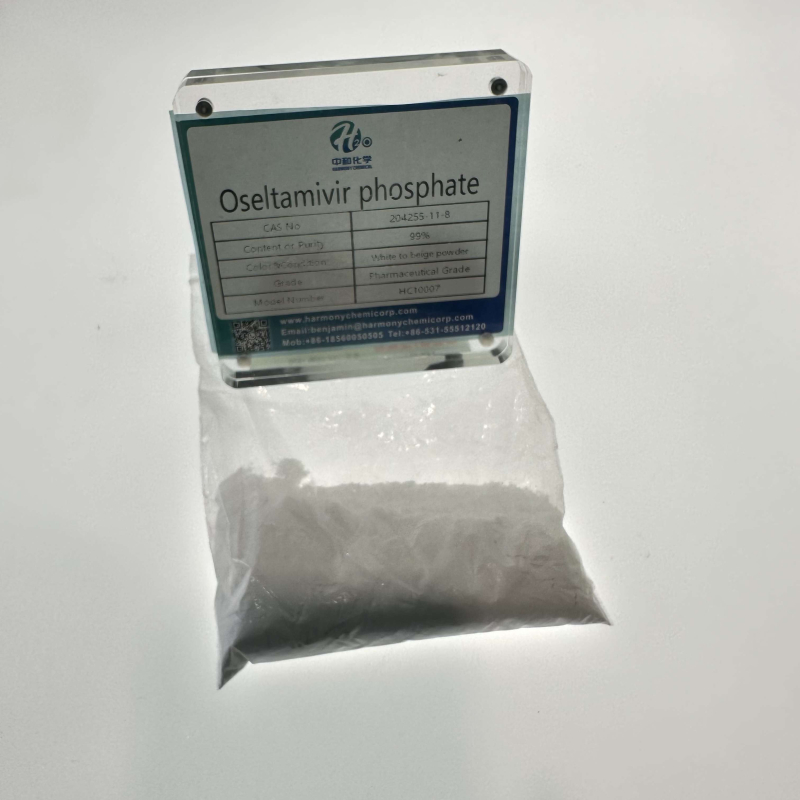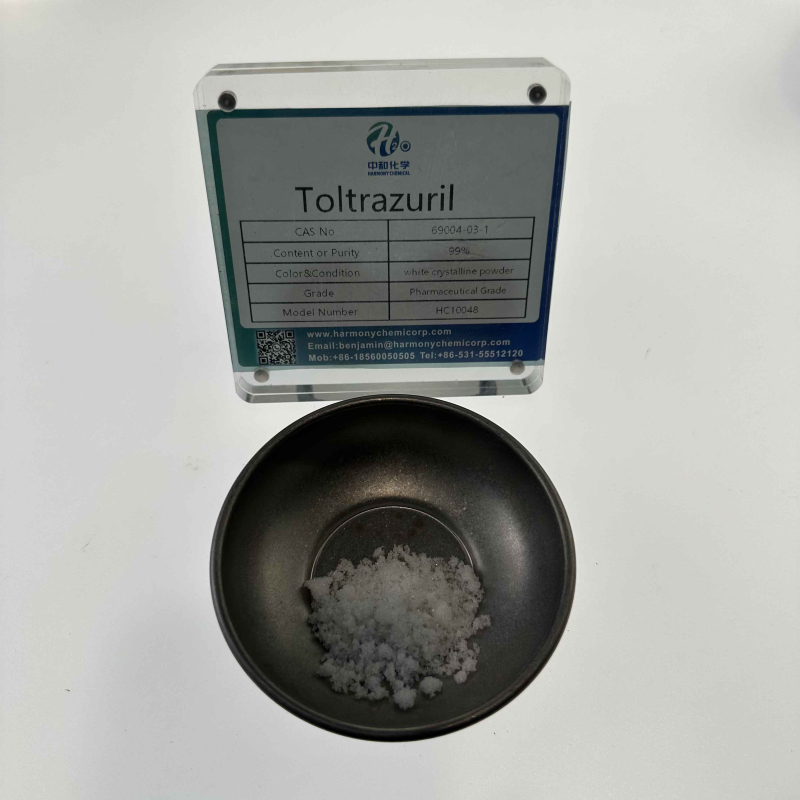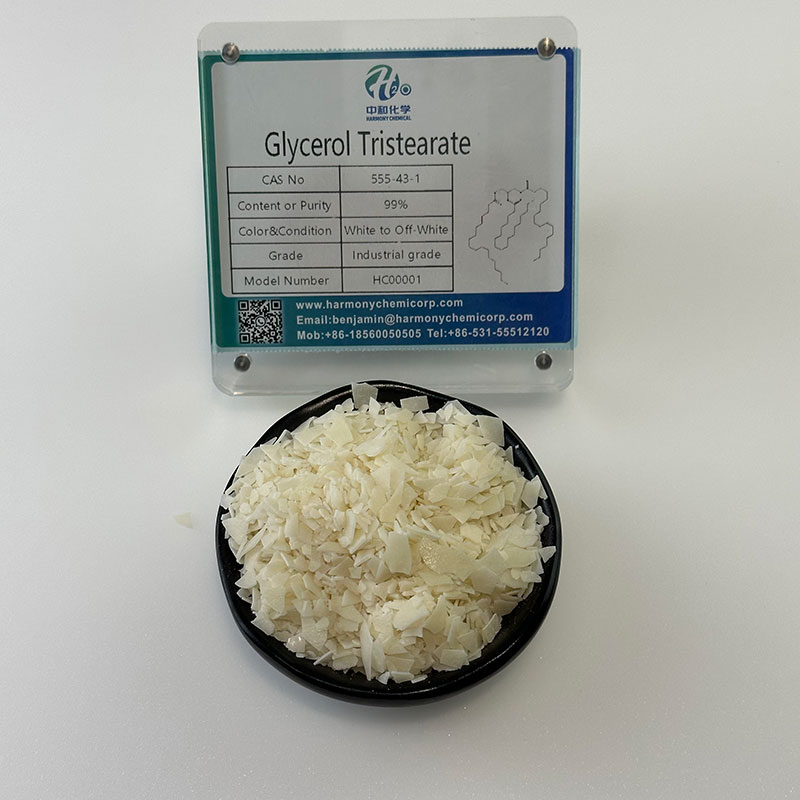CAS NO153-94-6Molecular formulaC11H12N2O2melting point282-285 °Cboiling point342.72°CStorage conditionsKeep in dark place,Inert atmosphere,Room temperatureformPowdercolourWhite to slightly yellowSOLUBLE11 g/L (20 ºC)stabilityStable. Incompatible with oxidizing agents.Characteristics and Functions D-neneneba tryptophan, as a non protein energetic amino acid, has specific physiological properties. It can be used as a non dietary sweetener, feed additive, and plant increase agent in the meals and feed enterprise and agriculture.
Contact Now
Polyisoprene rubber (IR) is a artificial rubber compound organized through answer polymerization of isoprene monomers underneath the motion of a catalyst. It has a chemical composition, three-d structure, and mechanical residences comparable to herbal rubber, as properly as true uncooked fabric strength, simple viscosity, getting older performance, and rebound performance.
Contact Now
Bisphenol A polyoxyethylene ether is a chemical with the chemical system C15H16O2. (C2H4O) n.Boiling point350 ℃ [at one hundred and one 325 Pa]Density1.18 g/mL at 25 ° CVapor pressure0Pa at 25 ℃Refractive indexn20/D 1.552Flash point230 ° FWater solubility697mg/L at 20 ℃
Contact Now
Melting point<-40°CBoiling point265 °C10 mm HgDensity1.143 g/mL at 25 °CVapor pressure0.03 mm Hg ( 25 °C)Refractivityn20/D 1.555Flash point>230 °FStorage conditionsStore below +30°CSolubilityorganic solvents: miscible Emergency ManagementLeakage emergency responseQuickly evacuate personnel from the contaminated location to a protected area, isolate them, and strictly prevent entry and exit. Cut off the ignition source.
Contact Now
CAS NO204255-11-8Molecular formulaC16H31N2O8Pmelting point196-198°CsolubilityH2O: soluble30mg/mLformpowdercolourwhite to beigeSOLUBLESoluble in water (75 mM)optical activity[α]/D -26 to -36°, c = 1 in H2OPharmacological motion Oseltamivir phosphate is the drug precursor of its Active metabolite, and its Active metabolite (Oseltamivir Carboxylate) is a selective influenza virus Neuraminidase inhibitor. Neuraminidase is a glycoprotein on the floor of viruses.
Contact Now
Melting Point180-185 °C(lit.)Density1.18 g/mL at 25 °C(lit.)Refractivityn20/D 1.465Storage Conditionsroom tempSolubilityH2O: 6 M, clear, colorlessFormCrystalsColourWhite to slightly yellowPh Value4.5-5.5 (100g/l, H2O, 20℃)1. It can be used as an intermediate in medicine, pesticides, dyes, and different natural synthesis.
Contact Now
Melting Point2-4 °C (lit.)Boiling Point90 °C (lit.)Density1.069 g/mL at 25 °C (lit.)Vapor Density3.1 (vs air)Vapor Pressure18 mm Hg ( 21.1 °C)Refractivityn20/D 1.368(lit.)Flash PointStore below +30°C.Although phosgene has excessive reactivity, its fairly poisonous and corrosive byproducts pose significant environmental strain and will progressively be phased out; DMC has a comparable nuclear response response center.
Contact Now
Chinese nameSodium oleateChinese aliascis 9-octadecenoic acid sodium salt; (Z) -9-octadecenoic acid sodium salt -9-octadecenoic acid sodium salt; 9-Octadecylic acid sodium; Sodium octadecene; (Z) -9-Octadecylic acid sodium salt;English nameSODIUM OLEATEEnglish aliascis Oleate sodium salt; Cis-9-Octadecenoic acid sodium salt, Oleic acid sodium salt; Eurol; Pionin D 951P; Oleic Acid Sodium Salt;CAS number143-19-1Molecular formulaC18H33NaO2Molecular weight304.44300Precision quality304.23800PSA40.13000Sodium oleate, additionally acknowledged as sodium octadecene, cis 9-octadecenol,
Contact Now
Fusing Point8.2 °CBoiling Point224-226 °C (lit.)Thickness1.056 g/mL at 25 °C (lit.)Vapor pressure<1 hPa (20 °C)Refractivity22n20/D 1.472(lit.)Flash Point220 °FStorage ConditionsStore at +5°C to +30°C.Solubilitytoluene: soluble(lit.)1,3-Dimethyl-2-neneneba imidazolinone can be used as solvent in many natural synthesis and conversion reactions; Used to learn about the formation of steady functionalized hydrogenated silane double base transition metallic complexes thru photochemistry from fragrant silanes; Dipolar solvents with p
Contact Now
Chemical factor structure mannequin of petroleum resin:The most commonly used petroleum resin manufacturing applications are C9 petroleum resin and C5 petroleum resin.C9 petroleum resinC9 petroleum resin mainly refers to a resinous substance formed via polymerization of olefins or cyclic olefins containing nine carbon atoms or copolymerization with aldehydes, fragrant hydrocarbons, terpene compounds, etc.C9 petroleum resin, also acknowledged as aromatic petroleum resin, can be divided into sorts such as hot polymer
Contact Now
nameAcetophenoneCAS NO98-86-2Molecular formulaC8H8Omolecular weight120.15melting point19-20 °Cboiling point202 °Cflash point180 °FStorage conditionsStore below +30°C.formLiquidcolourClear colorless to light yellow
Contact Now
nameToltrazurilCAS NO69004-03-1Molecular formulaC18H14F3N3O4Smolecular weight425.38melting point194-196°Cdensity1.54±0.1 g/cm3(Predicted)Storage conditionsSealed in dry,Room TemperatureAcidity coefficient (pKa)Sealed in dry,Room Temperatureformneat
Contact Now
nameAdemetionine disulfate tosylateCAS NO97540-22-2Molecular formulaC22H34N6O16S4molecular weight766.78melting point>122°C (dec.)Storage conditionsInert atmosphere,Store in freezer, under -20°CsolubilityDMSO (Slightly, Heated), Water (Sparingly)formSolidcolourWhite to Pale Yellow
Contact Now
Polyvinylpyrrolidone, additionally acknowledged as PVP, is a polymer of ethylene pyrrolidone. Due to its unique ranges of polymerization, it can be divided into soluble PVP and insoluble PVPP (polyvinylpyrrolidone). The relative molecular weight of soluble PVP is 8000~10000, which can be used as a precipitant to precipitate by way of reacting with polyphenols. By the usage of this method, there are effortlessly residual PVP in the wine.
Contact Now
Melting point 1204 ° CDensity2,52g/cm3FormPowderSpecific gravity 2.52ColorwhiteWater solubilityinsolublecoldH2ChemicalbookO, decomposeinboilingH2OHydrolysis sensitivity 2: reactswithaqueousacidLithium silicate is a compound fashioned with the aid of the shape of metal lithium and silicate ions, and its alternate identify is lithium water glass. Most of them use the lithium hydroxide technique to react sodium silicate with sulfuric acid to produce hydrated silicic acid and sodium sulfate.
Contact Now
nameCupferronCAS NO135-20-6Molecular formulaC6H9N3O2molecular weight155.15melting point150-155 °C (dec.)boiling point278.95°C (rough estimate)density1.3092 (rough estimate)Storage conditions2-8°CformPowdercolourNeedles from water
Contact Now
Mainly used in PVC molding methods such as rolling, injection, blow molding, and extrusionAs a catalyst, the paint and coating comprise DBT compounds; Soft polyvinyl chloride (PVC) profiles, whether or not they are gentle or extruded collectively with challenging PVC; Outdoor fabric are included with PVC containing DBT compounds as stabilizers on their surfaces;Pipes, drainage ditches, and home equipment used for out of doors rainwater, as nicely as protecting substances
Contact Now
The conductivity of carbon black is carefully associated to its shape (especially graphite microcrystalline structure), floor properties, and particle size. The conductive mechanism of carbon black in rubber often consists of conductive channel and Field electron emission mechanism. The conductive channel mechanism is that carbon black aggregates come into contact with every different in the adhesive to structure a community like channel and behavior electricity.
Contact Now
Melting point: 165-185 ℃Density: 1.08g/cm3Refractive index: 1.488 (20 ℃)Water absorption rate: no longer extra than 0.4%Softening temperature: 60-65 ℃Glass transition temperature: 66-84 ℃ (varies relying on diploma of polymerization)Solubility: Soluble in most natural solvents such as alcohols/ketones/ethers/esters, insoluble in carbon hydrocarbon solvents [2]Application Editing1.
Contact Now
name5-FluorouracilCAS NO51-21-8Molecular formulaC4H3FN2O2molecular weight130.08boiling point190-200°C/0.1mmHgdensity1.4593 (estimate)Storage conditions2-8°CsolubilityH2O: 10 mg/mL, clearformpowdercolourwhite
Contact Now
1. Used for ester trade reactions.2. Use as an additive and intermediate in chemical products.3. Use: It is used to put together adhesive and as catalyst for transesterification and polymerization reaction.4. Use It is used to make adhesives between metallic and rubber, metallic and plastic, as nicely as catalyst for transesterification and polymerization, and uncooked substances for pharmaceutical industry.5. Catalysts used for esterification reactions, ester to ester conversion reactions of esters such as acrylic acid.
Contact Now
ProjectIndicatorsAppearanceLight yellow transparent liquidActive substance content,%70 ± 2Free amine content,%≤ 2.0PH value (10% aqueous solution)4~7Filling, dipping or spray can be used as mothproof for wool fabrics; When used as a fungicide to deal with tough surfaces, it can be blended with chlorine dioxide for use
Contact Now
Sodium p-styrene sulfonate has the following characteristics:1) Stability, polymerization resistance, and consolidation resistance all through storage;2) Thermal stability: Excellent in phrases of warmness resistance, it will now not decompose beneath 300 ℃;3) Polymerization: As a kind of sulfonic acid monomer, it has a excessive diploma of polymerization due to its inducing impact of binding to the sulfonic acid team in the para position;4) Free radical polymerization can be performed the
Contact Now
ApplicationsGlyceryl tristearate is an ester derivative, which can be used as food emulsifier, brightener, greasing agent, lubricant, defoamer, and also in various cosmetics.ToxicityIt is safe within the limits mentioned above (FDA, 2000).Use limitAs a crystallization catalyst for cocoa butter 1%; as a molding aid 0.5% to 3%; as a winterizing treatment agent for fats and oils 0.5% (FDA §172.811, 2000). Can be used as gum gum-based substance (GBChemicalbook2760-96).Chemical propertiesColorless crystal or powder. Odorless. Slightly sweet. Relative density (d480) 0.862.
Contact Now





























